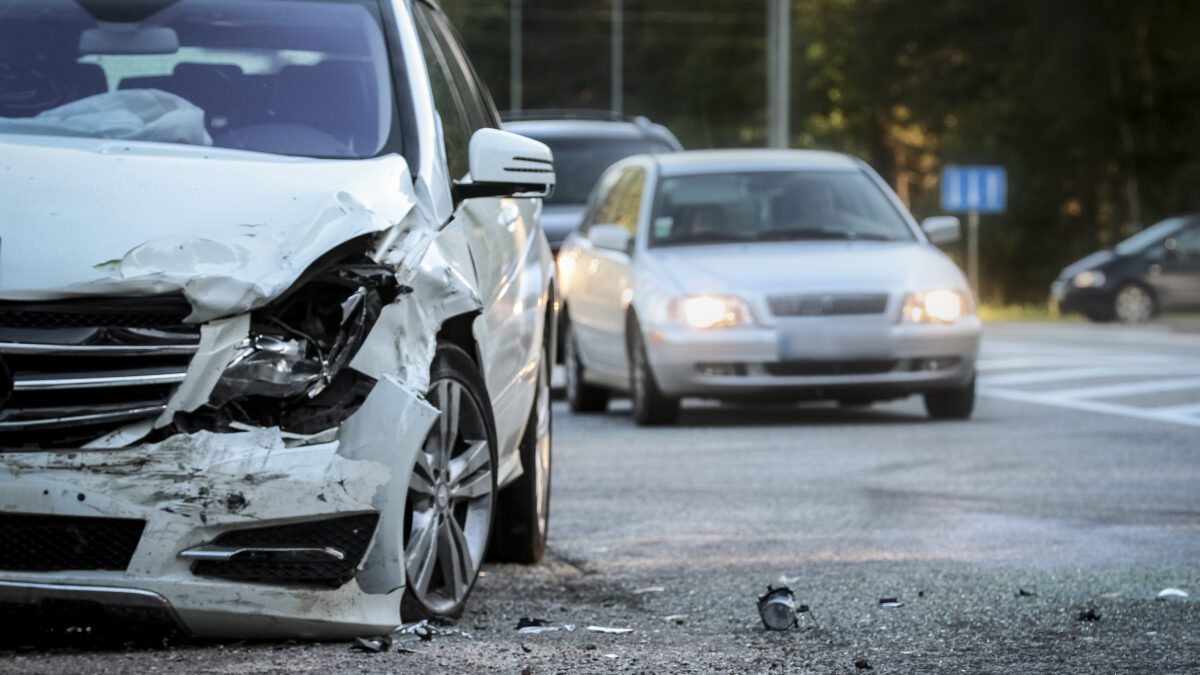
What Is No-Fault Insurance? How It Works and What Florida Drivers Should Know
May 16, 2025
What to Do When the Other Driver Lied About the Accident
July 30, 2025Know Your Rights: What Florida Pedestrians Need to Understand About Right-of-Way Laws

Every day, pedestrians walk alongside bustling roads, cross intersections, and navigate through parking lots, relying on traffic laws and signals to keep them safe. But pedestrian accidents remain a serious concern in Florida, often resulting in serious injuries or even death. At Carl Reynolds Law, we believe in empowering people with the knowledge to protect themselves and their loved ones.
This guide will break down your pedestrian rights, when motor vehicles must yield, and what the law says about pedestrian safety in both marked and unmarked crosswalks.
What Are a Pedestrian’s Rights in Florida?
Under Florida law, pedestrians generally have the right of way when lawfully crossing the street within a marked crosswalk or at an intersection with a walk signal. But there’s more to it than just stepping onto the road.
Understanding how pedestrian rights of way work in various traffic control situations can help you avoid common hazards and ensure your own safety.
Marked vs. Unmarked Crosswalks: What’s the Difference?
- Marked crosswalks are clearly outlined with pavement markings, typically found at intersections and school zones.
- Unmarked crosswalks exist legally at most intersections, even if you don’t see paint on the road.
In both cases, vehicle traffic must yield the right of way to pedestrians crossing the street, especially when they are on the same half of the roadway or close enough to pose an immediate hazard.
Do Pedestrians Always Have the Right of Way?
Contrary to popular belief, pedestrians do not always have the right of way in every situation. While motor vehicle drivers must yield under many right-of-way laws, pedestrians must also follow traffic laws and signals for their own safety and the safety of other traffic.
You must yield the right of way to oncoming traffic when:
- The “Don’t Walk” or red pedestrian signal is displayed.
- There is a red light and no walk sign.
- You are crossing mid-block or outside of a designated intersection (jaywalking).
- You suddenly step in front of a moving vehicle, creating an immediate hazard.
Pedestrians, like all road users, are expected to exercise caution and avoid accidents whenever possible.
Understanding Pedestrian Signals and Traffic Lights
When crossing at an intersection:
- Cross only when the walk signal or green light is active.
- Pay attention to pedestrian control signals, especially in areas with heavy vehicle traffic or school zones.
- Make eye contact with drivers when possible to ensure visibility.
Remember, a right-turning driver may not always anticipate pedestrians crossing, so extra vigilance can prevent injuries.
Special Considerations: Visually Impaired Pedestrians
Under Florida law, motor vehicle drivers must yield to visually impaired pedestrians using a white cane or accompanied by a guide dog, without exception. Failing to do so can result in severe penalties, including fines and potential license suspension.
Where Do Most Pedestrian Accidents Occur?
Pedestrian accidents commonly happen in:
- Parking lots, where visibility is low and distracted drivers are common.
- Areas without designated crosswalks.
- Intersections with poor signage or malfunctioning traffic control signals.
- Roadways with high speed limits and no sidewalks.
Many of these incidents are tied to distracted driving, failure to yield the right of way, or pedestrians not following the rules.
Can a Pedestrian Be at Fault in an Accident?
Yes. While motor vehicles often carry the greater responsibility due to the risk they pose, pedestrians must also follow traffic laws. Failing to use crosswalks, ignoring traffic control signals, or stepping into the path of a moving vehicle without warning can shift or share liability.
In certain circumstances, this can impact the outcome of a car accident claim.
Steps to Take If You’re Hit as a Pedestrian
If you or a loved one is struck by a vehicle, follow these steps:
- Seek immediate medical attention—serious injuries may not be obvious at first.
- Document the scene—photos, traffic signals, and crosswalk details matter.
- Gather witness statements and insurance information from the driver.
- Contact an experienced personal injury attorney to understand your rights.
Final Thoughts: Protecting Your Rights as a Pedestrian
Understanding pedestrian rights of way and knowing when motor vehicles must yield isn’t just about following the law; it’s about preventing injuries, reducing pedestrian deaths, and ensuring all road users share responsibility.
If you’ve been injured due to a driver’s failure to yield, distracted driving, or a violation of traffic laws, Carl Reynolds Law is here to help. We fight for Florida’s injured and make sure your voice is heard.





